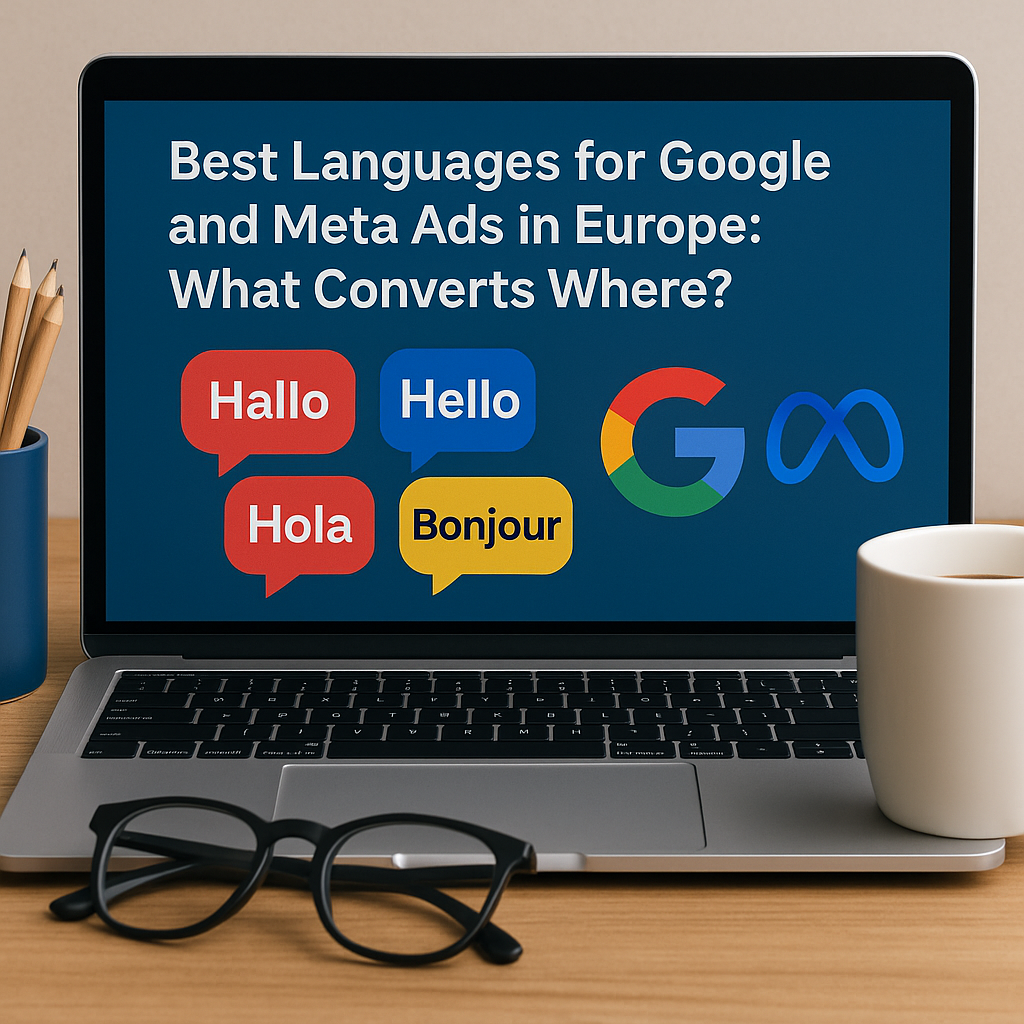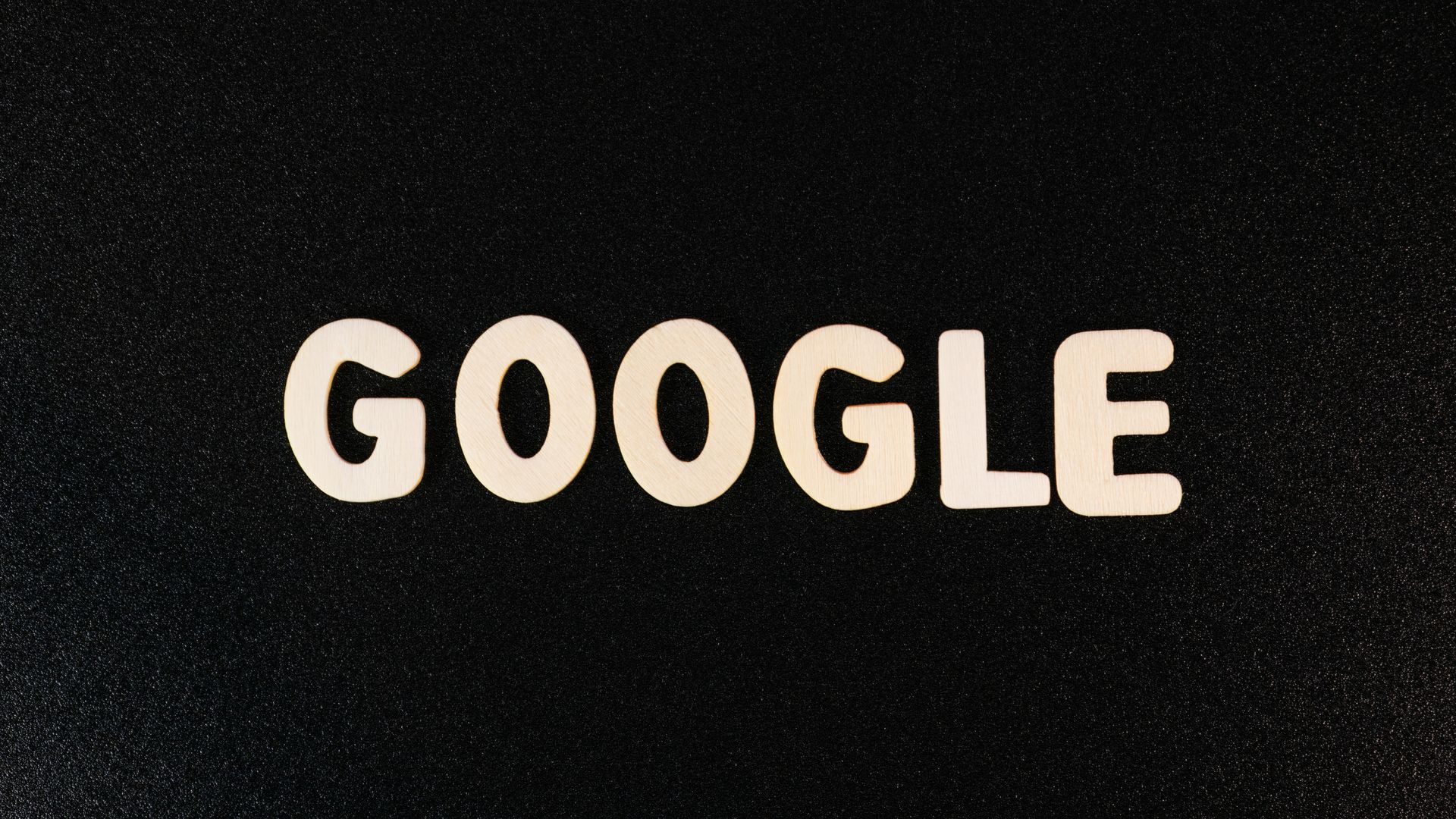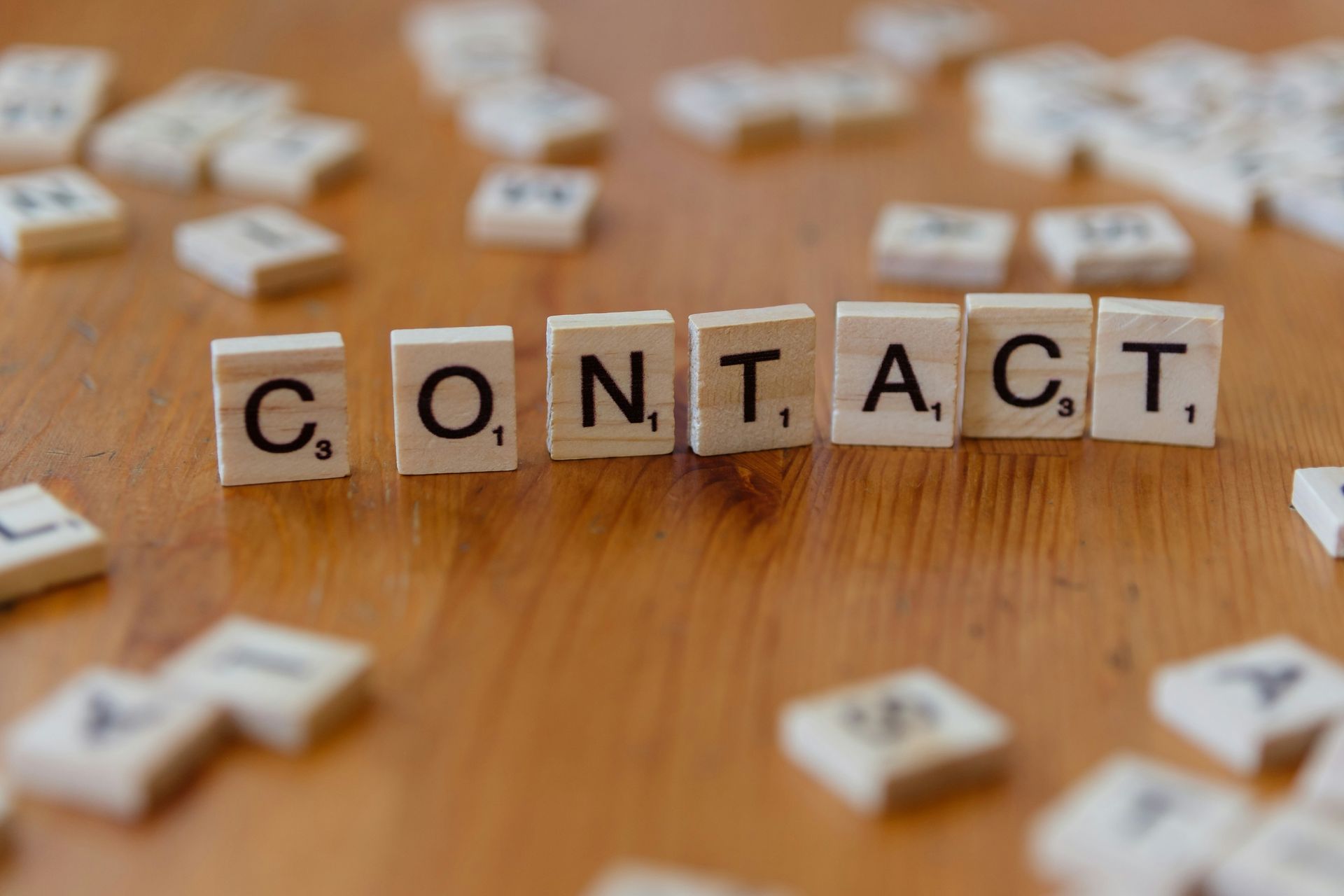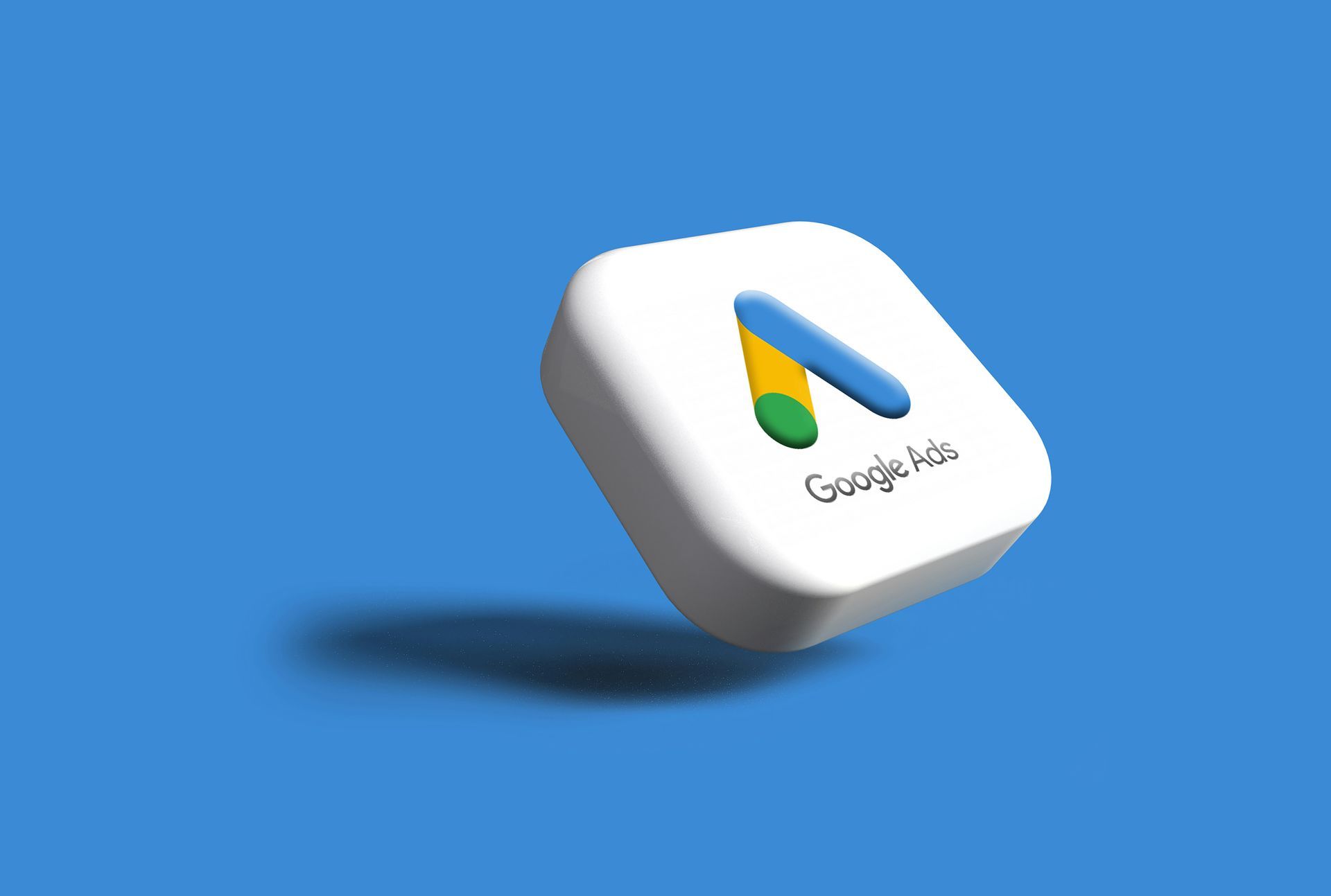Best Languages for Google and Meta Ads in Europe: What Converts Where?

Running Google and Meta (Facebook/Instagram) ad campaigns in Europe is both an exciting opportunity and a complex challenge. With over 40 countries and more than 200 languages and dialects, the European advertising landscape demands more than just translation. To truly convert across borders, marketers must understand which languages resonate best in each region—and how language impacts click-through rates
(CTR), conversion rates, and ultimately return on ad spend (ROAS).
In this blog, we’ll explore the best-performing languages for advertising in key European markets and give you insights into how to make the right linguistic choice for your campaigns.
1. Why Language Matters in European Ad Campaigns
Europe is a multilingual mosaic. While English might be the global business lingua franca, assuming it will perform best everywhere in Europe is a costly mistake. Consumers respond better to ads in their native language, especially when those ads align with local idioms, humor, and cultural references.
Language affects trust. According to CSA Research, 76% of online consumers prefer to buy products with information in their native language, and over 40% will never purchase from websites not in their mother tongue.
When it comes to ads, the principle holds: local language equals higher engagement.
2. Best-Performing Languages by Country
Let’s break down the best languages to use in ads per region, based on conversion data and consumer behavior.
Germany, Austria, Switzerland
- Best language: German
- Why: German-speaking audiences highly value clear, accurate messaging. Ads in German consistently outperform English, especially on Meta platforms.
France, Belgium (Wallonia), Luxembourg
- Best language: French
- Why: The French are known for their loyalty to the French language. Ads in English often underperform unless the product is strongly associated with international appeal.
Spain, Andorra
- Best language: Spanish (Castilian)
- Why: Spanish resonates more deeply than English, especially in lifestyle, fashion, and food sectors. Regional dialects like Catalan can boost hyperlocal engagement.
Italy
- Best language: Italian
- Why: Italians respond to storytelling and emotional appeal, best conveyed in their native tongue. English ads here often feel generic and miss cultural nuances.
The Netherlands
- Best language: Dutch (with English as backup)
- Why: The Dutch are fluent in English, and international brands can succeed with English ads. However, Dutch copy still performs better when tone and cultural references are aligned.
Nordics (Sweden, Norway, Denmark, Finland)
- Best languages:
- Sweden: Swedish
- Norway: Norwegian
- Denmark: Danish
- Finland: Finnish or Swedish depending on region
- Why: While English proficiency is high, native-language ads still drive stronger performance, particularly for B2C brands and service-oriented businesses.
Eastern Europe (Poland, Czech Republic, Hungary, Romania, etc.)
- Best languages: Native (Polish, Czech, Hungarian, Romanian)
- Why: English is gaining traction, but native languages dominate in terms of trust and conversion. Localized copy is essential for brand credibility.
3. When English Works Best
There are scenarios where English can outperform native languages:
- Targeting expats or tourists
- Promoting international or luxury brands
- Advertising in highly technical industries (e.g., software, SaaS)
- Running remarketing campaigns with previous English-speaking visitors
However, even in these cases, localized landing pages and hybrid ads (with English taglines but native CTAs) tend to yield better results.
4. Language A/B Testing: A Must-Do
Before scaling a campaign, run A/B tests to compare language performance. For example:
- One set in English
- One set in the local language
- Optional: a hybrid version
Track CTR, cost per click (CPC), cost per acquisition (CPA), and ROAS. In most cases, localized ads outperform English-only variants by 10-50%.
5. Cultural Nuance Beyond Translation
Don’t just translate—transcreate. That means adapting the message to local tastes, humor, and sensitivities. For example:
- Humor that works in the UK may fall flat in Germany.
- Emotional appeals in Italian ads may feel too sentimental for Dutch audiences.
- Formality in language varies widely: French and German prefer formal tone; Dutch and Scandinavian audiences often prefer casual.
6. Tools & Tips for Multilingual Ad Success
- Use native speakers or local copywriters to write or review your ad copy.
- Leverage dynamic language insertion in Google Ads to customize text.
- Create separate ad sets by language to control targeting and budget.
- Localize landing pages, not just the ad text.
- Test visuals too: cultural imagery impacts performance just as much as language.
Conclusion: Speak to Convert
Language is one of the most powerful levers in ad performance across Europe. While English might seem like a safe choice, local languages consistently deliver better results when it comes to trust, engagement, and conversion.
The winning formula? Respect local culture, test your assumptions, and speak your audience’s language—literally.
Ready to go multilingual? Make language your strategic advantage in Europe.
ALL OUR OTHER NEWS:







